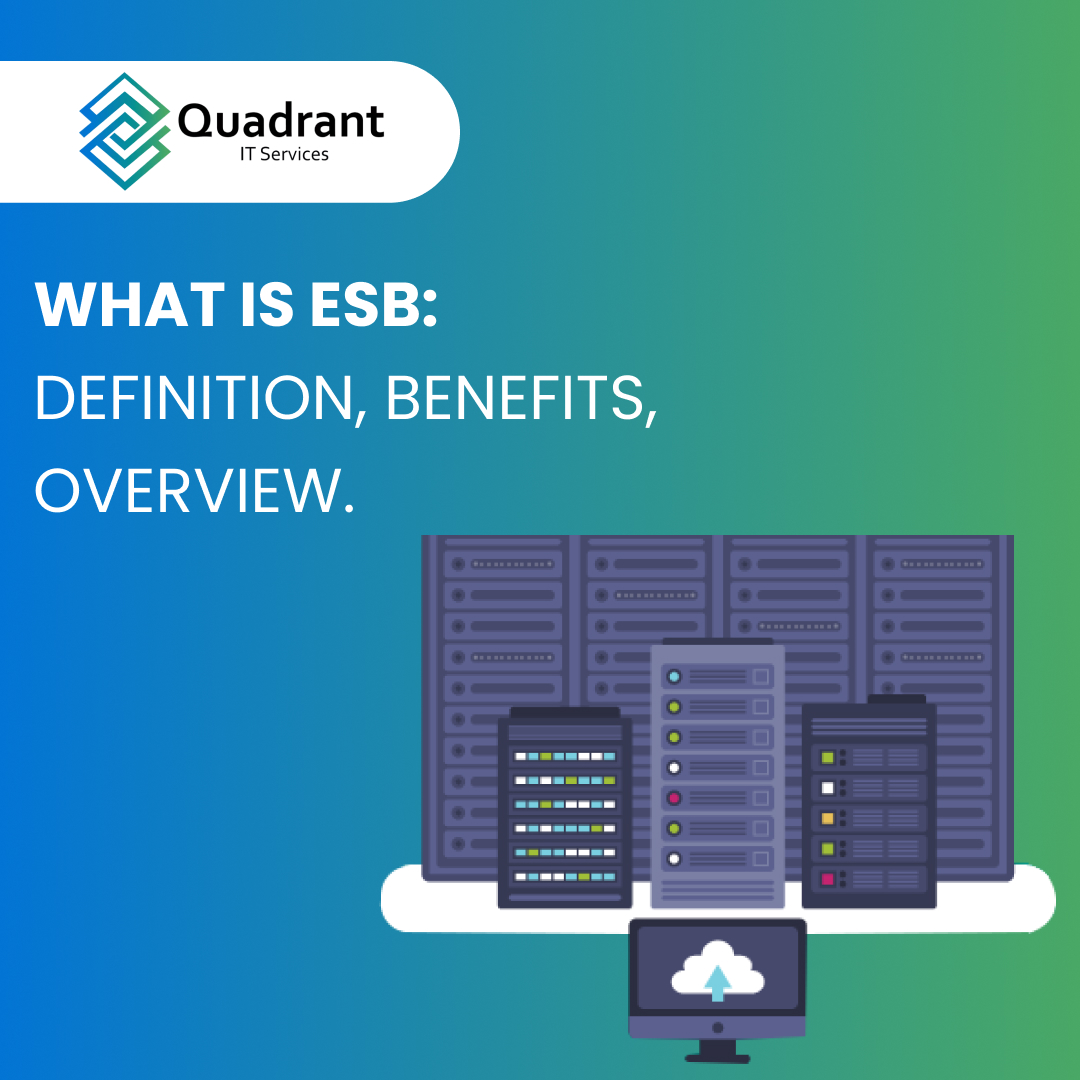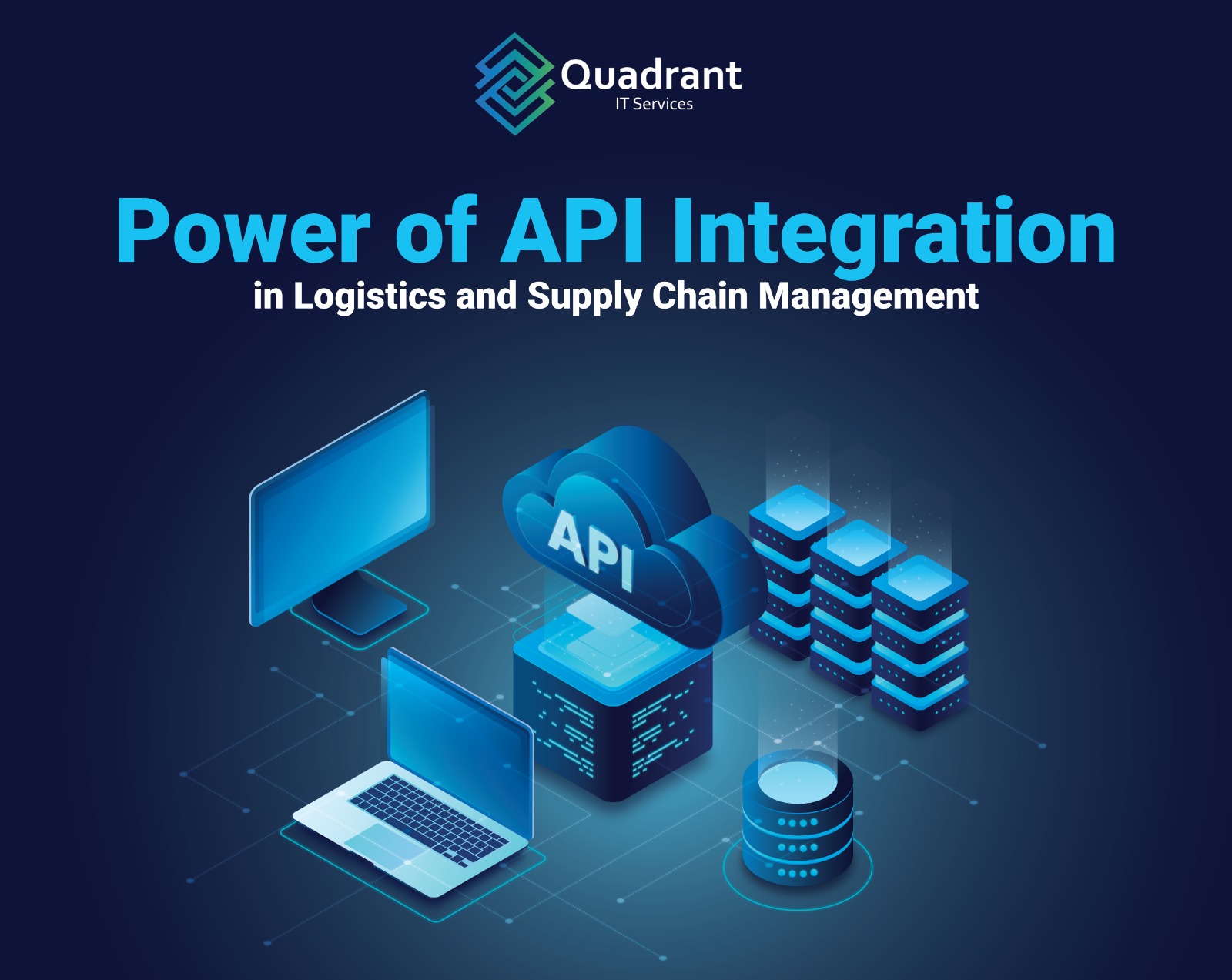In today’s rapidly evolving business landscape, seamless and efficient B2B communication stands as a cornerstone of success. Companies are continually seeking ways to streamline processes, enhance interoperability, and improve real-time decision-making across diverse systems and applications. This drive has ushered in the adoption of powerful middleware solutions, among which the Enterprise Service Bus (ESB) is particularly noteworthy.
What is ESB?
So, what is ESB (Enterprise Service Bus)? At its core, an ESB is a software architecture model used to manage and mediate communication between disparate software applications operating within a service-oriented architecture (SOA). Its primary role is to facilitate seamless Enterprise Application integration and flexible connectivity between applications and services, whether they are on-premises or distributed across cloud environments.
How Does ESB Work?
An ESB’s workings are centered around flexibility, agility, and scalability principles. But how does an Enterprise Service Bus work? An ESB simplifies integration by acting as a transit system that allows different applications to communicate through a common platform. It integrates different protocols and formats, enabling data transformation, routing, and service orchestration.
ESB with Example
To better understand how an ESB functions, consider a real-world scenario: a large retailer needing to synchronize inventory information across multiple store locations and its online platform. The ESB can facilitate real-time data exchange and updates between the retailer’s inventory management system, the e-commerce platform, and point-of-sale systems at various locations. This integration ensures that inventory levels are consistently updated across all channels, reducing the risk of stock-outs or overstock situations.
Benefits of ESB
The benefits of an ESB are manifold:
- Integration Simplification: ESBs reduce the complexity of integration by providing a unified platform to connect disparate systems.
- Enhanced Agility: Businesses can adapt to changes more quickly due to the flexible nature of ESBs, which support dynamic routing and reconfiguration without disrupting existing connections.
- Scalability: ESB architecture supports scaling from simple point-to-point integrations to complex compositional services for global enterprises.
- Reduced Costs: By standardizing integration capabilities, ESBs minimize the need for custom coding, thereby reducing maintenance costs over time.
- Improved Responsiveness: Real-time data processing capabilities of ESBs enhance an organization’s ability to respond swiftly to customer demands and market changes.
Popular ESBs
Understanding the landscape of Enterprise Service Bus technology involves examining some of the most popular ESBs available in the market. Each platform has its unique strengths, making them suitable for various business needs and integration scenarios:
- MuleSoft’s Anypoint Platform: Highly regarded for its comprehensive approach, MuleSoft Anypoint enables developers to design, deploy, and manage APIs and integrations from a single platform. It is particularly favoured for its robust API development capabilities and extensive community and support network.
- IBM Integration Bus (IIB): Known for its reliability and powerful integration capabilities, IIB offers a wide range of built-in nodes to support diverse integration scenarios. It is particularly effective in complex enterprise environments that require high levels of transactional integrity and scalability.
- Apache ServiceMix: A flexible, open-source integration container that provides a complete, enterprise-ready ESB exclusively based on open standards. It’s particularly suitable for businesses looking for a cost-effective integration solution without compromising on the ability to handle complex integration logic.
- Red Hat JBoss Fuse: A robust open-source ESB that combines Apache Camel, an implementation of the patterns from Enterprise Integration Patterns, with the scalability and performance of the Red Hat JBoss Enterprise Application Platform. JBoss Fuse is designed for high-volume, mission-critical systems, offering both flexibility and powerful processing capabilities.
- TIBCO ActiveMatrix BusinessWorks: Positioned for businesses that need to seamlessly integrate applications and data sources, regardless of where they reside. TIBCO’s platform is known for its ease of use and its ability to orchestrate complex business processes across both on-premises and cloud environments.
Why Quadrant IT Services for ESB Implementation
When it comes to implementing an ESB, choosing the right partner is crucial. Quadrant IT Services stands out as an ideal choice for several reasons:
• Decades of Expertise: With over a decade of experience, Quadrant IT Services brings a deep understanding of both the technological and business implications of effective system integration. This long-standing expertise allows Quadrant to not only implement solutions but also foresee and mitigate potential challenges before they arise.
• Proven Process: Quadrant follows a proven methodology in ESB implementations:
- Assessment and Planning: Initially, we conduct a thorough assessment of the client’s current IT infrastructure, integration needs, and business goals.
- Solution Design: Based on the assessment, a customized ESB solution is designed, that best fits the client’s specific requirements for integration, scalability, and future growth.
- Implementation: The solution is implemented with minimal disruption to ongoing operations, ensuring a seamless transition and integration.
- Testing and Validation: Rigorous testing is conducted to ensure that the integration meets all functional and performance expectations.
- Training and Support: Post-implementation, we provide comprehensive training to the client’s team and ongoing support to ensure smooth operation and quick resolution of any issues.
• Customized Solutions: Quadrant’s solutions are highly customized, tailored not just to the technical specifications of the client’s existing systems, but also aligned with their strategic business objectives. This approach ensures that the implemented ESB architecture genuinely supports business growth and operational efficiency.
• Scalability and Flexibility: The solutions designed by Quadrant are not only robust but also flexible, capable of adapting to the evolving business needs and expanding without significant additional investments.
• Commitment to Success: Quadrant views each ESB implementation as a partnership geared towards the client’s success. This client-centric approach has earned Quadrant a reputation for reliability and outstanding service.
Conclusion
In conclusion, as businesses strive for greater integration and streamlined processes, ESBs play a pivotal role in achieving these objectives. They not only facilitate effective B2B communication but also drive operational efficiencies that can significantly impact the bottom line. With its comprehensive suite of services and deep expertise, Quadrant IT Services is ideally positioned to help businesses leverage the full potential of ESBs to stay competitive in a dynamic business environment. Whether you are looking to integrate legacy systems with cutting-edge applications or enhance your scalability and responsiveness, Quadrant’s tailored ESB solutions are your gateway to achieving seamless connectivity and sustained business growth.








